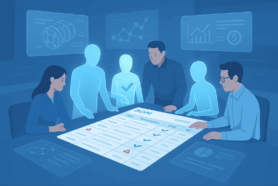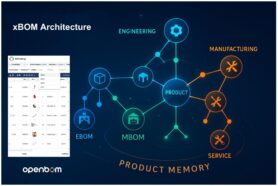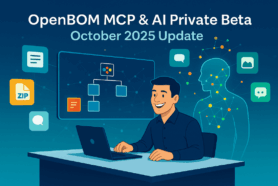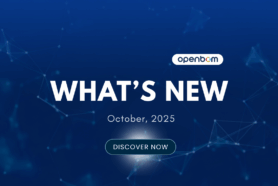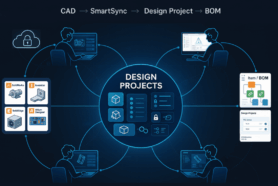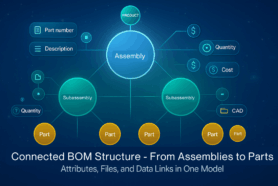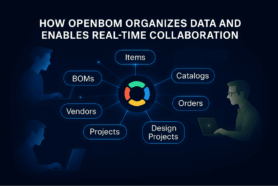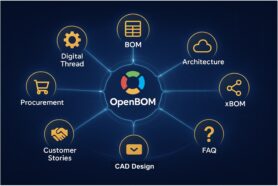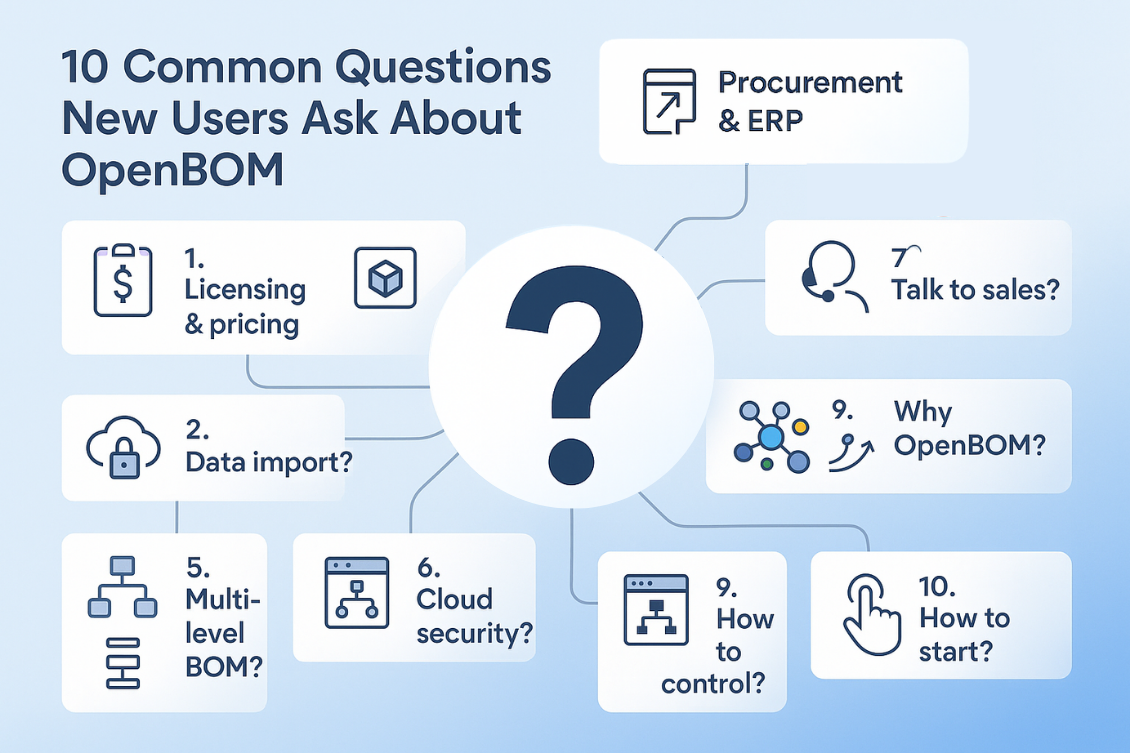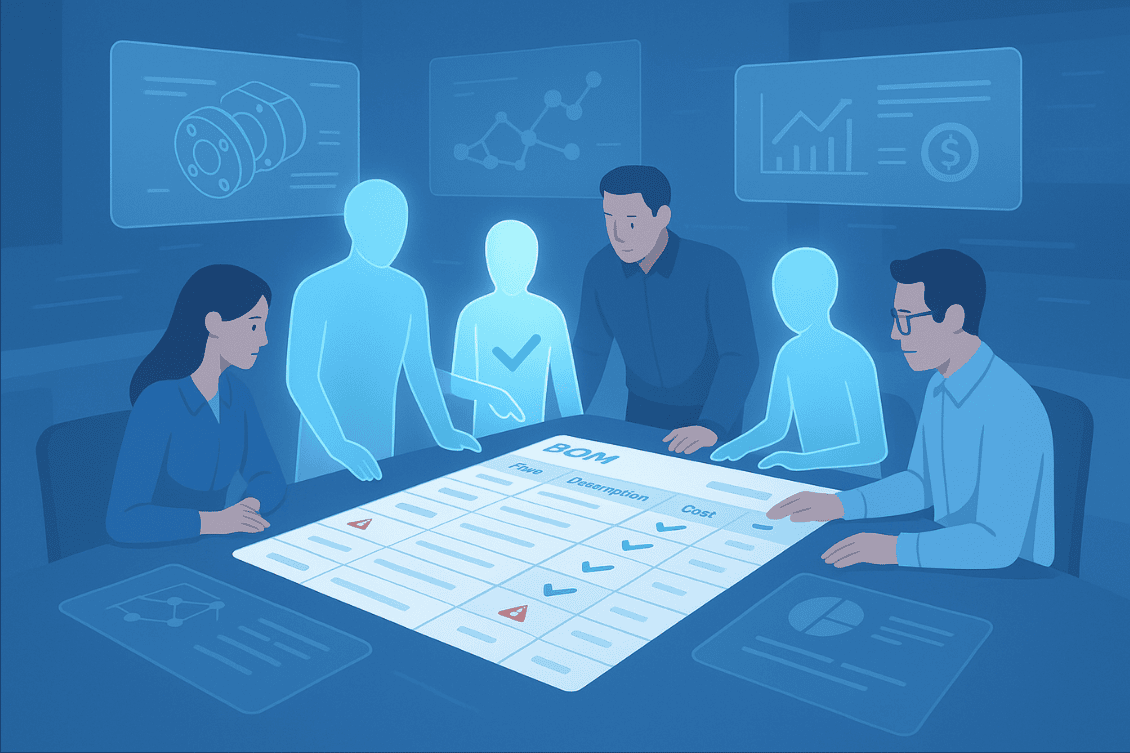
In the recent article OpenBOM MCP & AI Private Beta October 2025 Update, we shared details about the current stage of development in conversational intelligence, flexible import, context understanding, and automated reporting — all integrated directly into the Bill of Materials (BOM) management process.
We are experimenting with AI agents across a variety of use cases (if you haven’t joined yet, please contact us directly). Early users are already testing agents that import data from ZIP files, create visual conversations, and optimize workflows using search, queries, and links. Together, these capabilities make it possible to create meaningful product structures using OpenBOM’s product memory and to simplify how users interact with data inside OpenBOM.
The next step in OpenBOM’s AI evolution is validation and checking — ensuring that the BOM a company creates is accurate, optimized, and compliant from structural, engineering, and process perspectives. To achieve this, we want both people and agents to confidently verify the correctness, completeness, and readiness of product information before release.
OpenBOM’s Collaborative Workspace is the mechanism we plan to use for this purpose — where multiple users and agents will work together. An agent can spot missing properties, detect duplicates, or summarize change impacts, while a person provides correction, judgment, and approval. Together, they form a closed feedback loop where the BOM becomes both intelligent and trustworthy.
In this post, we share how OpenBOM’s ongoing AI Private Beta is evolving into an Agentic BOM workflow — a balanced system where automation, reasoning, and governance coexist. The approach follows three complementary steps: a solid data foundation, a connected flow, and intelligent reasoning, all operating under consistent guardrails.
Foundation – Flexible Data Model, Real-Time Collaboration, and Guardrails
Every process — human or agent-driven — depends on a clear structure. A flexible, graph-based product model allows parts, assemblies, and documents to connect through relationships rather than rigid hierarchies. This flexibility is crucial: it lets agents reason about alternates, configurations, and manufacturing views without breaking the underlying data model.
Real-time collaboration transforms a static BOM into a living workspace. Tasks, comments, and approvals attach directly to items and assemblies, keeping interactions between humans and agents transparent. When an agent proposes an update — for example, fixing a missing property — it does so within the same shared environment, fully tagged and traceable.
Guardrails make this foundation safe. Unique identifiers, revision rules, property consistency, and ownership definitions prevent uncontrolled changes. When these rules are explicit, agents can operate within defined policies, and humans can trust their output.
Flow – Event-Driven Integration Across Engineering and Enterprise Systems
A BOM is never isolated; it evolves continuously as design, procurement, and production systems exchange data. Agentic workflows rely on listening to these changes and reacting in real time.
Integration with engineering and enterprise systems is one of the key foundations we’ve built. OpenBOM integrates with virtually any CAD system, Excel, or ZIP file on the engineering side. Recent enhancements in ERP integrations enable users to connect production planning and procurement processes directly into the collaborative workspace and decision loop.
In the OpenBOM AI Beta, this means integrating event streams from CAD, PDM, ERP, and sourcing tools. A CAD update can trigger validation; a release event may prompt cost rollups; a supplier change can raise an alert. The agent helps coordinate these updates — checking for data mismatches, preparing reports, and routing tasks for review.
Governance is woven throughout this flow. When a proposed change crosses defined thresholds — cost variance, supplier risk, or compliance rules — the agent pauses and requests human review. There’s no silent automation here, only traceable actions. That’s what keeps the system accountable.
Intelligence – Graph + LLM Reasoning for BOM Validation
OpenBOM’s data modeling, graph-based foundation, and AI development allow us to bring multiple tools together for BOM validation and to introduce new levels of intelligence. OpenBOM’s data graph, MCP Server, and large language model (LLM) layer enable the agent to interpret context, evaluate relationships, and produce clear explanations.
Typical reasoning tasks include:
- Validation: Checking for missing or inconsistent properties, incorrect units, or invalid alternates.
- Valuation: Rolling up cost and lead-time data to estimate impact on sourcing or schedule.
- Explanation: Generating plain-language summaries of what changed and why, with links to data sources.
This reasoning process is transparent and explainable. The agent always shows its sources and logic, enabling human review and feedback. In later Beta phases, these insights will feed into product memory and continuous learning — improving future decisions without losing traceability.
Putting It Together – Humans + Agents in Everyday Workflows
BOM Validation: The agent runs structural checks, highlights missing data, and produces a validation report. The engineer reviews, corrects issues, and approves completion.
Change Management (ECO): The agent scans dependencies, drafts a change package, and summarizes risk. Humans review and finalize decisions before updates propagate.
Sourcing and Cost Review: The agent identifies top cost drivers, evaluates alternates, and documents its rationale. Procurement reviews and confirms the decision.
These workflows illustrate a shared responsibility model: the agent handles repetitive checks, while people apply judgment and confirm readiness.
Conclusion and Closing Thought
The next phase of the OpenBOM AI Agent Private Beta focuses on BOM validation and intelligence. It builds on the flexible xBOM model, connects with engineering and enterprise systems, and introduces reasoning that is explainable, traceable, and policy-aware.
Agentic BOM workflows will not replace human expertise — they will extend it. With the right foundation, flow, and reasoning, OpenBOM AI is becoming a dependable partner for every engineer maintaining a digital thread of product data.
We are actively looking for partners and companies interested in testing our ideas and validating our solutions. Reach out to our support team — we’d be happy to discuss more.
In the meantime, REGISTER FOR FREE and explore how OpenBOM can help you.
Best, Oleg
Join our newsletter to receive a weekly portion of news, articles, and tips about OpenBOM and our community.

